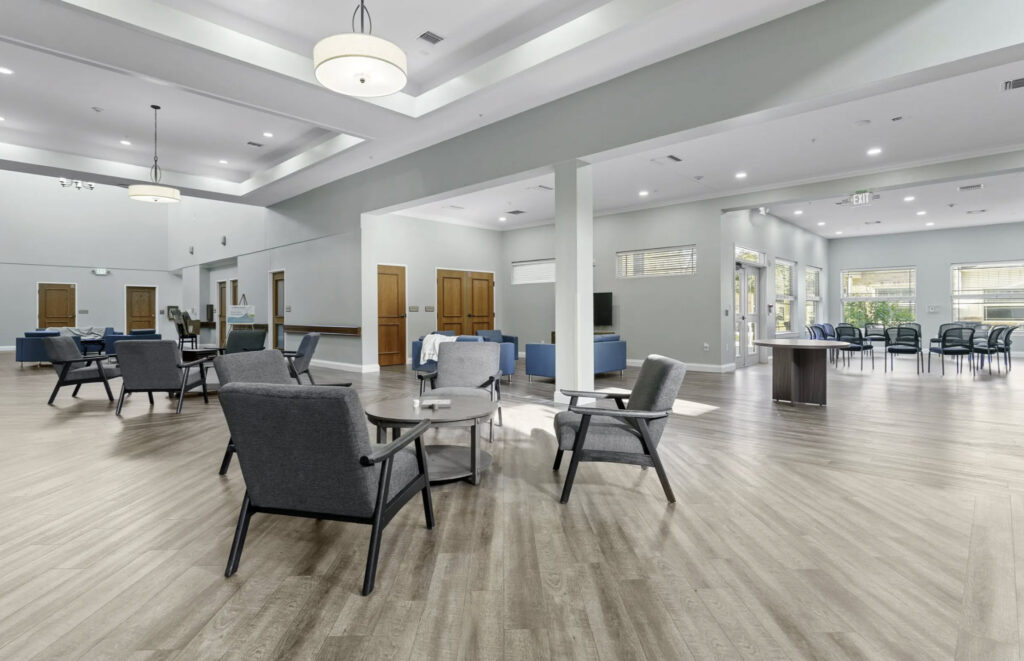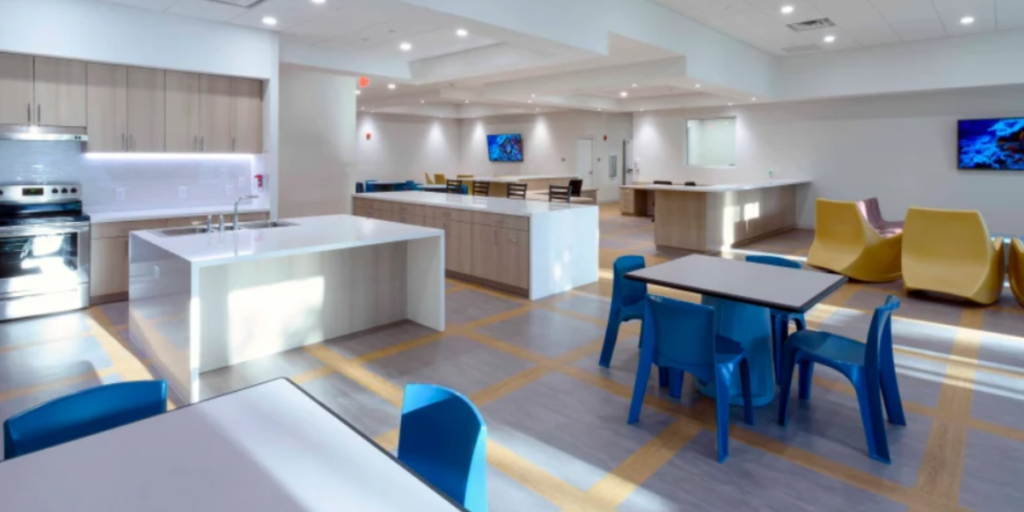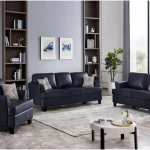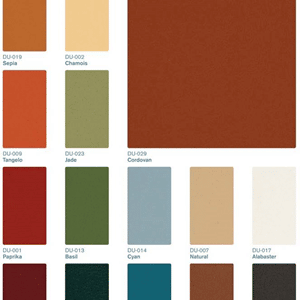Creating Healing Spaces with Trauma-Informed Design

A Shift in Perspective
In the world of architecture and interior design, there’s a growing recognition that the spaces we inhabit profoundly impact our well-being. This is especially true in group living environments, where individuals with diverse backgrounds and experiences come together. One design approach that has proven particularly effective in these settings is trauma-informed design. But what exactly does this mean, and why is it so beneficial? Let’s explore.
What is Trauma-Informed Design?
Trauma-informed design is an approach that incorporates an understanding of trauma into the design process, creating spaces that promote safety, empowerment, and healing. It acknowledges that many people have experienced trauma, which can significantly affect their interaction with their environment. By integrating principles of trauma-informed care into the design, these spaces can help support the recovery and well-being of their residents.
Key Principles of Trauma-Informed Design
- Safety: Both physical and emotional safety are paramount. This includes creating spaces that are well-lit, easy to navigate, and free from hazards. It also means designing environments where residents feel secure and respected.
- Trustworthiness and Transparency: Clear, consistent communication and the visible availability of support contribute to a sense of trust. Transparent design elements, such as open common areas, can help residents feel more at ease.
- Peer Support: Spaces that encourage social interaction and community building are crucial. Common areas, communal kitchens, and lounges can foster connections among residents.
- Collaboration and Mutuality: Designing spaces with input from residents ensures that their needs and preferences are met, fostering a sense of ownership and respect.
- Empowerment, Voice, and Choice: Giving residents choices about their living environment, such as room personalization options, can enhance their sense of control and self-worth.
- Cultural, Historical, and Gender Issues: Designs that respect and reflect the diverse backgrounds of residents can help them feel more at home and valued.

Benefits of Trauma-Informed Design in Group Living Environments
- Enhanced Comfort and Security: When residents feel safe and comfortable in their living spaces, they are more likely to thrive. Elements like secure entry systems, private areas, and soothing decor contribute to this sense of security.
- Promoting Healing and Well-Being: Spaces designed with trauma-informed principles can reduce stress and anxiety, helping residents to focus on their recovery and personal growth.
- Fostering Community and Connection: By creating inviting common areas and encouraging social interactions, trauma-informed design helps to build a supportive community, which is essential for emotional well-being.
- Supporting Diverse Needs: Trauma-informed design recognizes that different individuals have different needs. By incorporating flexibility and adaptability, these environments can better support everyone.
Real-World Applications
Consider a group home for youth who have experienced homelessness. A trauma-informed design approach might include private bedrooms for personal space, communal kitchens to encourage social interactions, and therapeutic gardens where residents can find peace and relaxation. Safety measures like secure entrances and exits, as well as staff offices that are easily accessible yet private, further enhance the feeling of security.
Conclusion
Trauma-informed design is more than just a buzzword; it’s a compassionate and practical approach to creating spaces where people can truly feel at home. By prioritizing safety, empowerment, and community, we can transform group living environments into places of healing and growth. As your space planning partner, we’re committed to bringing these principles to life, ensuring that every environment we design supports the well-being and recovery of its residents. Let’s work together to create spaces that not only look good but also feel good.
Ready to transform your space? Contact us today and let’s make your group living environment a place of comfort, support, and healing.

















